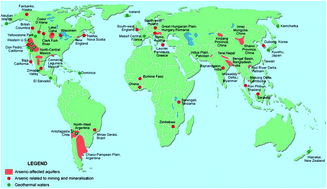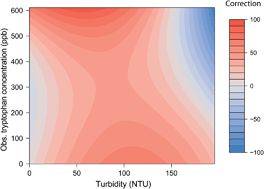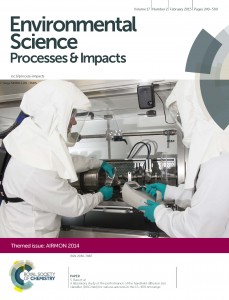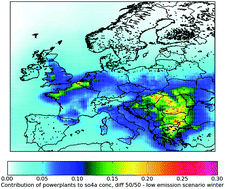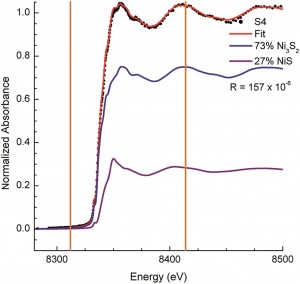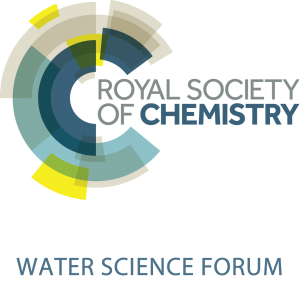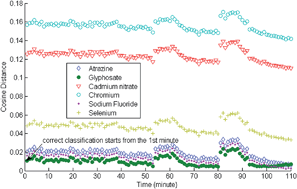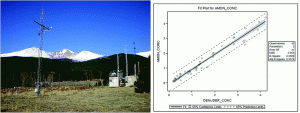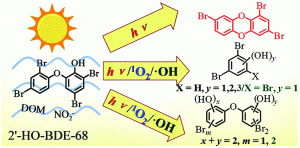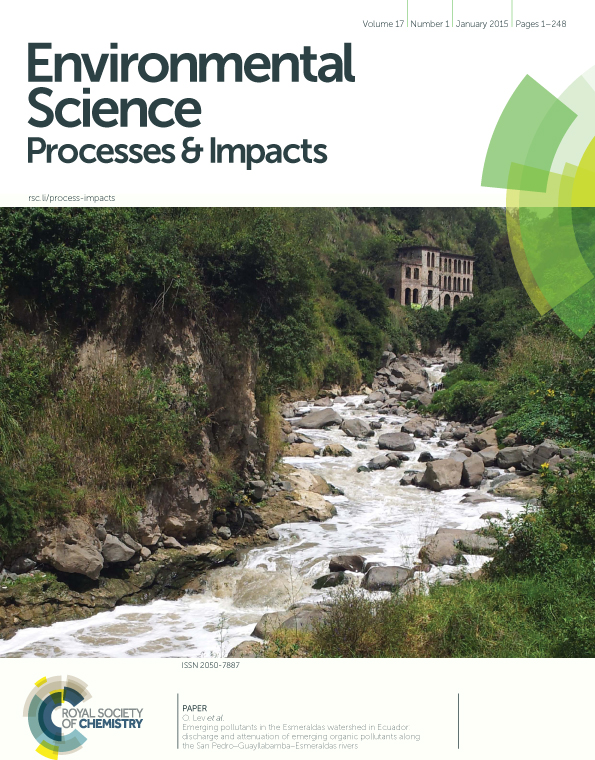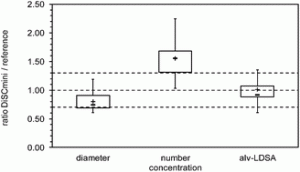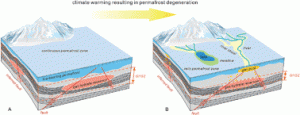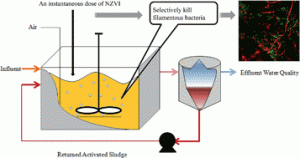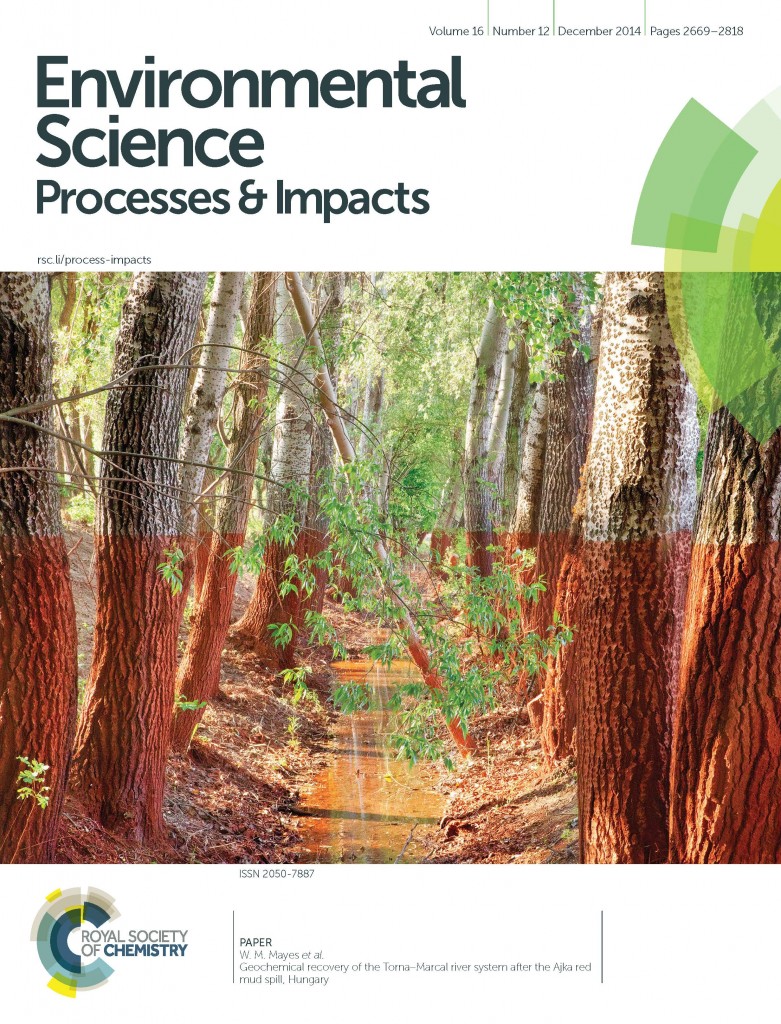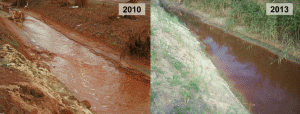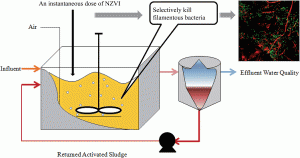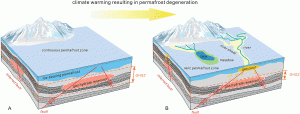The time of day or year at which emissions of pollutants occur has a major impact on the air quality in ‘receptor’ areas downwind of their source. This study by researchers from the Department of Climate, Air and Sustainability at TNO in Utrecht, Netherlands, describes the significance of this observation for policy makers approaching the transition of energy generation, from fossil fuels to renewable sources.
Air pollution is currently a major threat to public health. Failure to adequately tackle this problem could have significant socio-economic consequences. Indeed the OECD predicts that poor ambient air quality is projected to be the leading environmental cause of mortality by 2050. It is almost universally acknowledged that fossil fuel combustion for energy generation is unsustainable and emits large volumes of greenhouse gases and pollutants (such as PM, NOx and SO2) that adversely affect public health.
Under EU regulation, at least 20% of energy generation will need to come from renewable sources by 2020. It is expected that most countries will increase their generation of electricity from wind and solar (PV) in order to achieve this. These energy sources are intermittent and will depend strongly on the prevailing weather conditions, so they will not be available at all times. In the short term, this means a ‘back-up’ of fossil fuel-generated energy will be needed at times when renewable supply is lower.
 This will shift the temporal variability of emissions, which will impact upon the so called source receptor relations (SRRs) of air pollutant concentrations in different regions. It is essential that mitigation strategies to reduce greenhouse gas emissions are designed with an appreciation for what the air quality impacts will be. Currently, the integrated assessment modelling of SRRs is designed using invariant emission time profiles. This study by Hendricks and co-workers explores the impact of changing the time profiles of emissions on the observed air pollutant SRRs.
This will shift the temporal variability of emissions, which will impact upon the so called source receptor relations (SRRs) of air pollutant concentrations in different regions. It is essential that mitigation strategies to reduce greenhouse gas emissions are designed with an appreciation for what the air quality impacts will be. Currently, the integrated assessment modelling of SRRs is designed using invariant emission time profiles. This study by Hendricks and co-workers explores the impact of changing the time profiles of emissions on the observed air pollutant SRRs.
The investigation used the energy system model REMix (Renewable Energy Mix For Sustainable Electricity Supply) to calculate the hourly availability of renewable electricity based on meteorological conditions.
The emission profiles for the subsequent backup generation could then be derived. Two emissions scenarios were tested, assuming increased contributions from wind and solar PV to the total energy generation in Europe, replacing fossil fuels, as well as a ‘baseline’ scenario using the current energy mix. The time profiles were then used in the Chemistry Transport Model LOTOS-EURO, equipped with a source attribution module , to investigate the effect of emission timing on air concentrations and SRRs for key pollutants such as NOx, SO2 and PM10.
Increasing the contribution of renewable energy in place of fossil fuel combustion is expected to result in lower emissions of air pollutants, when emission profiles are assumed to be constant. However, the results of this study suggest that the air quality improvements are lower when the temporal variability in emissions due to the intermittent nature of wind and solar energy generation is taken into account by the integrated assessment models. Several temporal factors (including seasonality in emissions, occurrence of stagnant weather conditions reducing dispersion, and the diurnal cycles of atmospheric components) are shown to influence the air concentrations and SRRs of the pollutants studied.
This work demonstrates that there is a need to assess the impact of different emission timing scenarios on the air pollutant SRRs, when managing the transition from fossil fuel to renewable energy generation. With their observations, the authors warn that the assumption that current climate change policies will have associated co-benefits for air quality is too optimistic, and recommend the design of a more detailed emission model of the energy sector to carefullyexamine the impacts of energy transition.
To access the full article, download a copy for free* by clicking the link below.
A shift in emission time profiles of fossil fuel combustion due to energy transitions impacts source receptor matrices for air quality
Carlijn Hendriks, Jeroen Kuenen, Richard Kranenburg, Yvonne Scholz and Martijn Schaap
Environ. Sci.: Processes Impacts, 2015,17, 510-524
DOI: 10.1039/C4EM00444B
—————-
Ian Keyte is a Doctoral Researcher at the University of Birmingham. His research focuses on the sources, behavior and fate of polycyclic aromatic hydrocarbons (PAHs) in the atmosphere.
—————-
* Access is free through a registered RSC account












